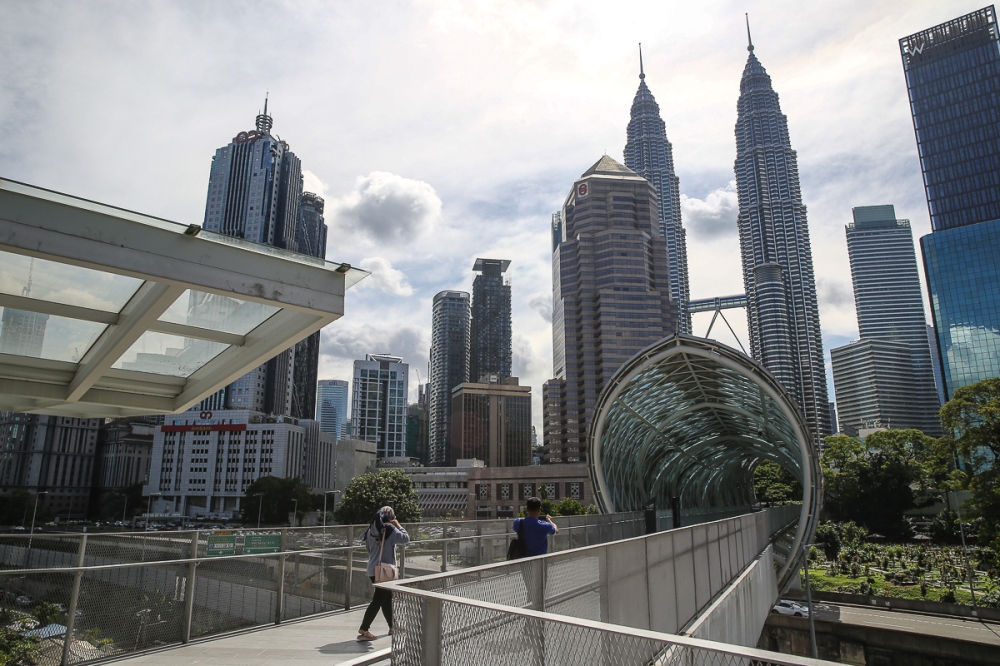APRIL 15 — As the recently collated data on Padu gets reviewed, targeted subsidies will replace blanket subsidies soon. While this saves the government lots of money, will it truly ease the financial burden on the rakyat?
There’s an elephant in the room behind rising costs of living: our heavy reliance on personal vehicles. This is perpetuated by fuel subsidies that have already become taken for granted in Malaysia, and don’t address the root cause of the rakyat’s financial burdens.
The true cost of car ownership
Fuel is just a fraction of the expense of car ownership, which also involves maintenance, tolls, depreciation, insurance, road tax, and parking. Even with fuel subsidies, a car-dependent lifestyle is significantly more expensive than a car-free one.
Car-centric infrastructure: A barrier to affordable living
Our current transport infrastructure prioritises roads over pedestrian, cycling paths and public transport. This discourages walking and cycling and forces people to rely on cars and motorbikes even for short distances, further inflating costs. This vicious cycle especially traps low-income Malaysians, limiting their ability to save and invest in the future.
The path to affordable living: Walking, cycling, and public transit
The solution lies in a multi-pronged approach:
• Promote walking and cycling: Invest in well-maintained sidewalks, dedicated cycling lanes, and safe pedestrian crossings. This encourages a healthier lifestyle and reduces transportation costs.

• Smarter urban planning: encourage the development of mixed-use areas that integrate homes with shops, amenities, green spaces and public transportation hubs. We don’t need to replicate the ultra-high “sarang burung” density of apartments in cities like Hong Kong or Singapore. Malaysia’s ample space allows for a medium-density approach. This can involve larger, mid-rise apartments that still promote walkability, easy access to amenities, and efficient public transport use.
• Reliable public transport: Invest in extensive bus networks, reliable LRT, MRT, and KTM systems, with integrated walking and cycling networks. This empowers low-income Malaysians by connecting them to job opportunities beyond their immediate vicinity, releases them from the chains of car dependency and breaks down geographical barriers to upward mobility.
Addressing the cost of living crisis requires tackling car dependency. While targeted fuel subsidies offer a small fix, the true path to affordability lies in prioritizing walking, cycling, and robust public transport. This creates a more economically efficient system that empowers low-income Malaysians and paves the way for a more prosperous future for all Malaysians.
* This is the personal opinion of the writer or publication and does not necessarily represent the views of Malay Mail.





















